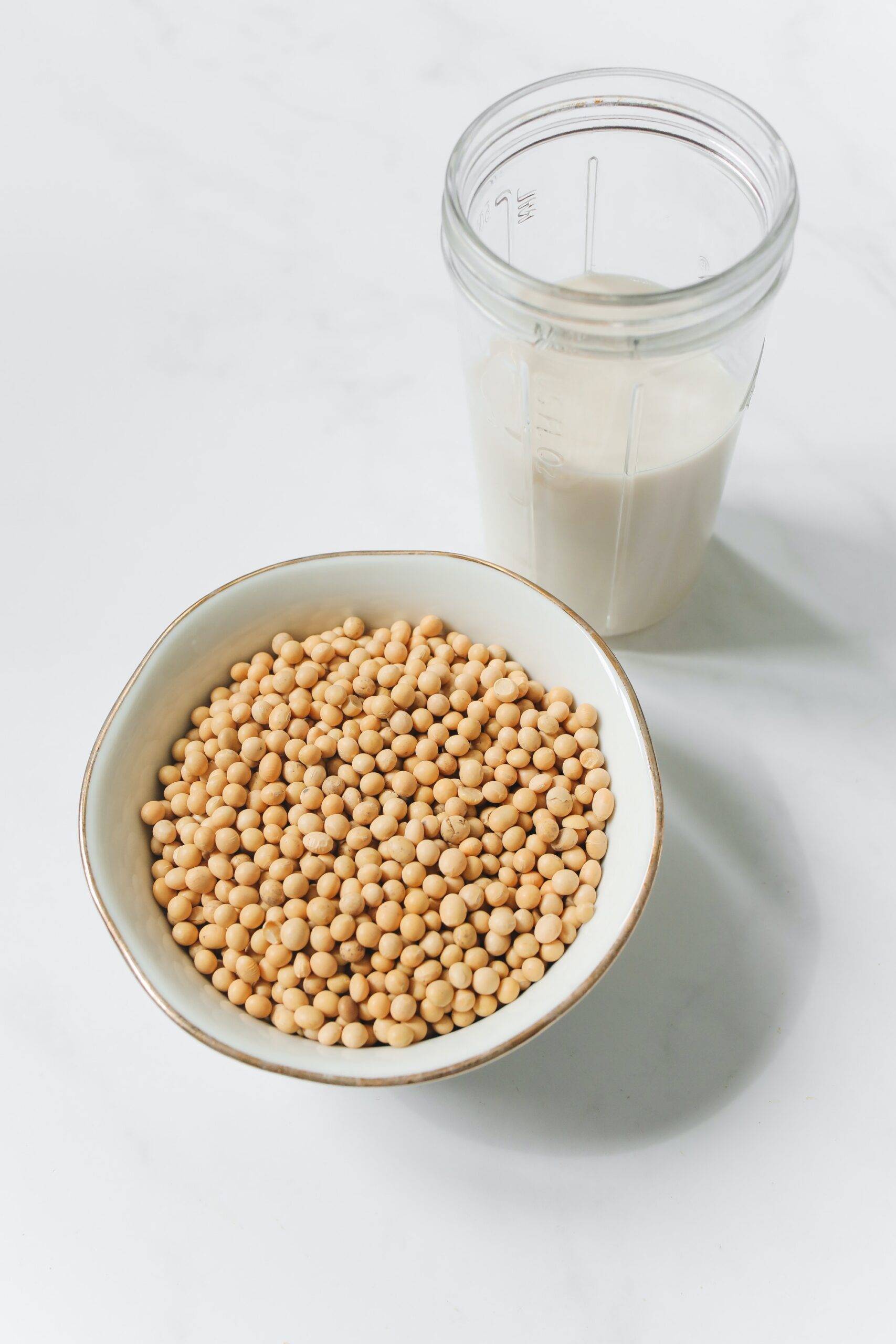
Chickpeas and soybeans are two popular legumes that are enjoyed all around the world. Both are great sources of essential nutrients and offer several health benefits when consumed regularly. While both part of the legume family, they share some similarities. But there are also some significant differences between the two pantry staples.
What are Chickpeas?
Chickpeas, also known as garbanzo beans, are a type of legume that are widely used in many cuisines around the world. They are round, beige-colored, and have a nutty flavor. Chickpeas are a staple food in the Middle East, where they have been cultivated for thousands of years.
Health Benefits of Chickpeas
Whole Chickpeas are a great source of protein, fiber, and essential nutrients. They are low in calories and contain complex carbohydrates and high in mineral content. Making them an ideal food for those who are trying to lose weight or maintain a healthy weight. They are also a popular choice as an alternative to animal proteins. Here are some of the health benefits of whole chickpeas:
High in protein
Chickpeas are an excellent source of protein and healthy fatty acids, with one cup of cooked chickpeas containing around 15 grams of protein. Protein is important for building and repairing tissues, and meeting your daily needs is essential for maintaining muscle mass.
High in dietary fiber
Chickpeas are also high in dietary fiber, with one cup of cooked chickpeas providing around 12.5 grams of fiber. Getting your daily values of fiber is important for maintaining digestive health, and can help lower cholesterol levels and reduce the risk of heart disease.
Lowers blood sugar levels
Chickpeas have a low glycemic index, which means that they can help regulate blood sugar levels. This makes them a good food for people with diabetes or those at risk of developing diabetes.
Reduces the risk of heart disease
Chickpeas are rich in soluble fiber, which can help lower cholesterol levels and play an important role to reduce the risk of heart disease. They are also a good source of unsaturated fats, which can help lower the risk of heart disease and help reduce high blood pressure.
May reduce the risk of breast cancer
Chickpeas are rich in phytoestrogens, which may help reduce the risk of breast cancer. These compounds can mimic the effects of estrogen in the body, which can help protect against breast cancer.
May help manage menopausal symptoms
Chickpeas are rich in phytoestrogens, which can help manage menopausal symptoms such as hot flashes and mood swings.
May aid in weight loss
Chickpeas are low in calories and high in fiber and protein, making them an ideal food for those trying to lose weight or maintain a healthy weight.
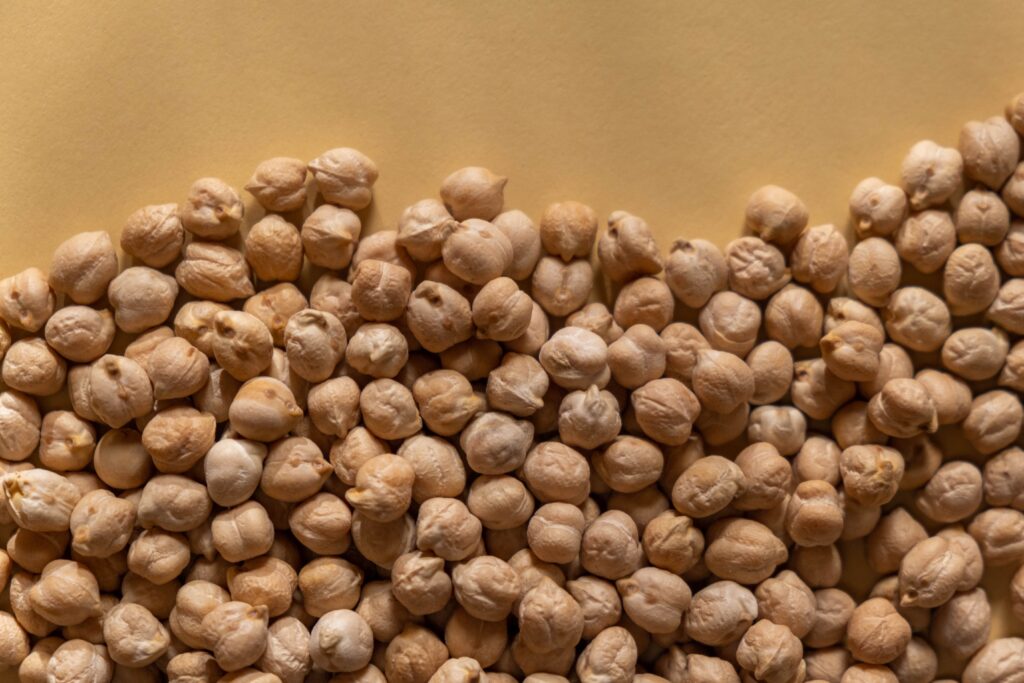
How are Chickpeas Used?
Whether using canned chickpeas or dry chickpeas, they are a versatile ingredient that can be used in a various ways in the kitchen. Here are some common uses for chickpeas in various dishes:
Suggested Recipe: Chickpea, Peanut Butter and Chocolate Chip Cookies
- Hummus: Hummus is a popular Middle Eastern dip made from mashed chickpeas, tahini, olive oil, lemon juice, and garlic. It can be used as a dip for vegetables, crackers, or pita bread. This is the most popular use of chickpeas un the United States.
- Salad: Chickpeas can be added to salads to increase their protein and fiber content. They pair well with vegetables, greens, and dressings.
- Curry: Chickpeas are a popular ingredient in Indian and Middle Eastern curries. They add texture and protein to the dish and absorb the flavors of the spices.
- Roasted snacks: Roasted chickpeas are a healthy and crunchy snack that can be flavored with spices or seasonings.
- Falafel: Falafel is a popular Middle Eastern street food made from ground chickpeas, herbs, and spices that are formed into balls and fried. It can be served in pita bread with vegetables and sauces.
- Soups and stews: Chickpeas can be added to soups and stews for added protein and fiber. They pair well with vegetables and grains.
- Baked goods: Chickpea flour can be used as a gluten-free flour substitute in baking recipes. It is high in protein and fiber.

What are Soy Beans?
Soybeans, also known as glycine max, are a type of legume that are native to East Asia. They are commonly used in many cuisines around the world, and are often processed into various soy products and non dairy products such as tofu, tempeh, soy milk, soy protein products and soy sauce.
What are the health benefits of Soy Beans?
Soybeans are a great source of protein and other essential nutrients, and have been linked to a number of health benefits. Here are some of the health benefits of soybeans:
High in protein
Soybeans are one of the few plant-based foods that are a complete protein, meaning they contain all of the essential amino acids that our body needs. One cup of cooked soybeans provides around 29 grams of protein, which is equivalent to the protein content of animal products.
Lowers cholesterol levels
Soybeans are rich in soluble fiber, which can help lower cholesterol levels and reduce the risk of heart disease. The isoflavones found in soybeans may also help lower LDL (“bad”) cholesterol levels.
Reduces the risk of heart disease
The high fiber and unsaturated fat content of soybeans can help lower the risk of heart disease. The isoflavones found in soybeans may also help play a crucial role to improve blood vessel function and reduce inflammation.
May reduce the risk of certain cancers
The isoflavones found in soybeans may help reduce the risk of breast, prostate, small intestine and colorectal cancers. The phytoestrogens in soybeans may also have anti-cancer effects.
Improves bone health
The isoflavones found in soybeans may help improve bone density and reduce the risk of osteoporosis.
May reduce the risk of type 2 diabetes
Soybeans are a low-glycemic-index food, meaning they are digested slowly and can help regulate blood sugar levels. The fiber and protein content of soybeans may also help improve insulin sensitivity.
May help with weight loss
Soybeans are low in calories and high in fiber and protein. This makes them a good food for those trying to lose weight or maintain a healthy weight.
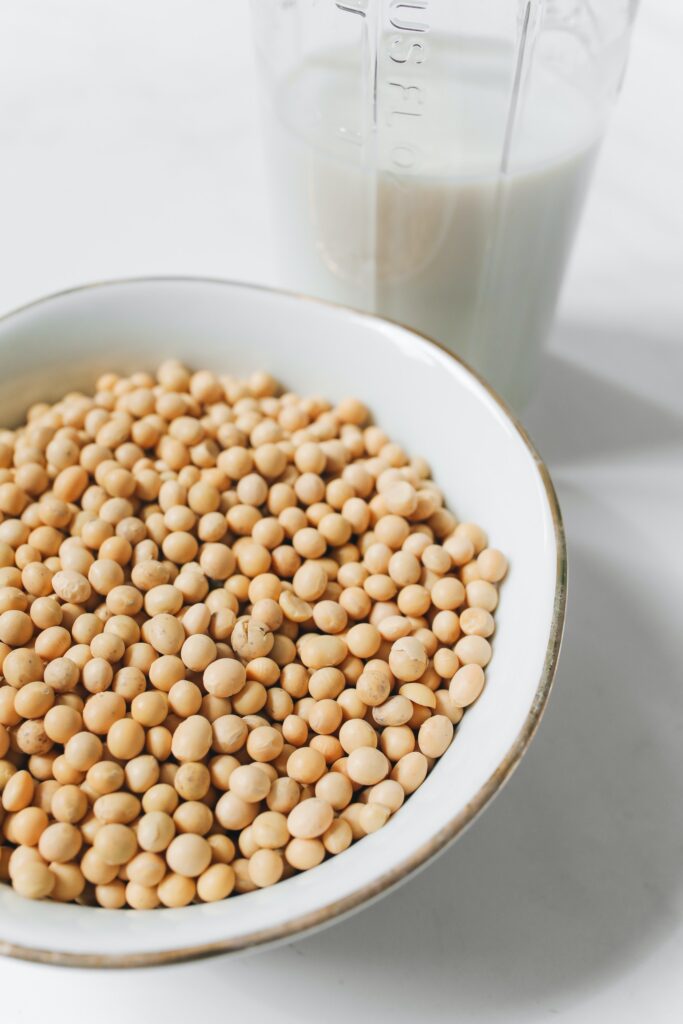
How are Soy Beans used?
Soybeans are a versatile ingredient that can be used in a variety of ways in the kitchen. Here are some common uses for soybeans:
- Tofu: Tofu, also known as bean curd, is a popular soy product that is made by coagulating soy milk and pressing the curds into blocks. Tofu can be used in a variety of savory and sweet dishes and can be baked, grilled, or fried.
- Tempeh: Tempeh is a fermented soybean product that is made by binding cooked soybeans into a cake and allowing them to ferment with a type of fungus. Tempeh has a nutty flavor and can be used in sandwiches, salads, stir-fries, and more.
- Soy milk: Soy milk is a plant-based alternative to dairy milk that is made by soaking and grinding soybeans, then boiling the mixture and straining out the solids. Soy milk can be used as a dairy milk substitute in recipes or enjoyed on its own.
- Soy sauce: Soy sauce is a popular condiment made from fermented soybeans, wheat, and salt. It is commonly used in Asian cuisine to add flavor to stir-fries, marinades, and dipping sauces.
- Edamame: Edamame is a popular snack made from young soybeans that are boiled or steamed in the pod and seasoned with salt. Edamame can also be used in salads or as a protein-rich side dish.
- Soy flour: Soy flour is made by grinding roasted soybeans into a fine powder. It can be used as a high-protein, gluten-free flour substitute in baking recipes. It’s also often found in white bread.
- Soybean oil: Soybean oil is a common cooking oil that is extracted from soybeans. It can be used for frying, baking, and sautéing.
Overall, soybeans are a versatile ingredient that can be used in a variety of dishes to add flavor, texture, and nutritional value.
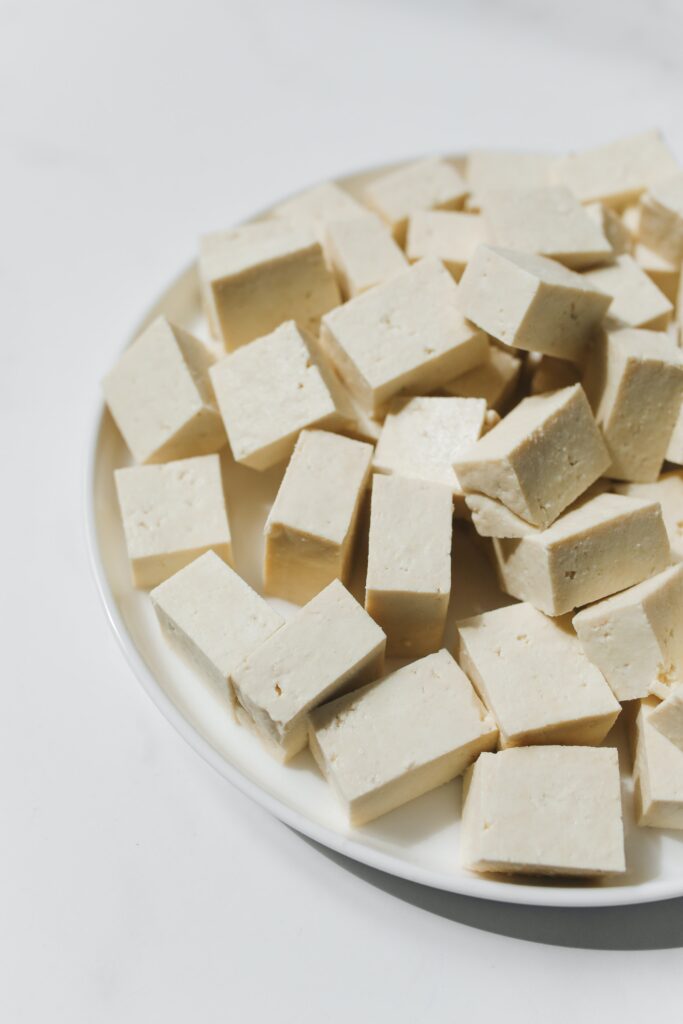
What’s the difference between Chickpeas and Soy Beans
One significant difference between chickpeas and soybeans is their amino acid profile. While they are both interesting alternatives for high amounts of protein, soybeans are considered a complete protein, as they contain all nine essential amino acids required by the human body. Chickpeas, while still a great source of protein, do not have a complete amino acid profile. However, combining chickpeas with whole grains such as brown rice can provide all essential amino acids, making it a complete protein source.
In terms of health benefits, both chickpeas and soybeans have been linked to a reduced risk of cardiovascular disease, weight loss, and improved insulin sensitivity. The consumption of chickpeas has also been linked to a lower risk of breast and colorectal cancer and can help reduce menopausal symptoms in women. Soybeans, on the other hand, have been associated with a reduced risk of prostate and breast cancer, and can also help lower blood pressure.
Suggested: Substitutes for Greek Yogurt in Recipes
Varieties
There are various varieties of chickpeas, including white, black, and kidney beans, each offering different nutritional values. Similarly, soybeans come in various forms such as edamame, soy nuts, and soy lecithin, each offering different health benefits. Chickpea and soybean consumption is also linked to a reduced risk of developing type 2 diabetes.
Which is better: Soy Beans or Chickpeas?
It is not accurate to say that one legume is better than the other as both soybeans and chickpeas have their own unique nutritional benefits and can be incorporated into a healthy and balanced diet.
Soybeans are a good source of high-quality protein, essential amino acids, fiber, and a variety of vitamins like vitamin b, vitamin c and minerals. They are particularly high in iron, calcium, and vitamin K, which are important for bone health. Soybeans are also known for their potential health benefits, such as reducing cholesterol levels, preventing heart disease, and reducing the risk of certain types of cancer.
Chickpeas, on the other hand, are also an excellent source of plant-based protein, fiber, b vitamins, vitamins c and minerals, including iron, folate, and phosphorus. They are also a good source of complex carbohydrates, which are essential for maintaining steady blood sugar levels and a strong immune system. Chickpeas are known for their potential health benefits, such as improving digestion, reducing the risk of heart disease, and aiding in weight loss.
Conclusion
Ultimately, both soybeans and chickpeas have important nutrients that are beneficial and have positive effects for human health. It is recommended to include a variety of legumes in your diet to ensure you are getting a diverse range of nutrients.

Christopher is a food and lifestyle expert, recipe developer and the content creator behind May Eighty Five. With years of experience in the kitchen, he also shares tips, tricks and how to’s that he has learnt over the years. Every week, he shares quick, simple and mostly healthy recipes along with some home and entertaining tips. You will find flavorful cocktails, delicious appetizers, tasty mains and some indulgent desserts. As a home decor enthusiast, he also likes to share simple DIY projects and simple tips for a beautiful home.



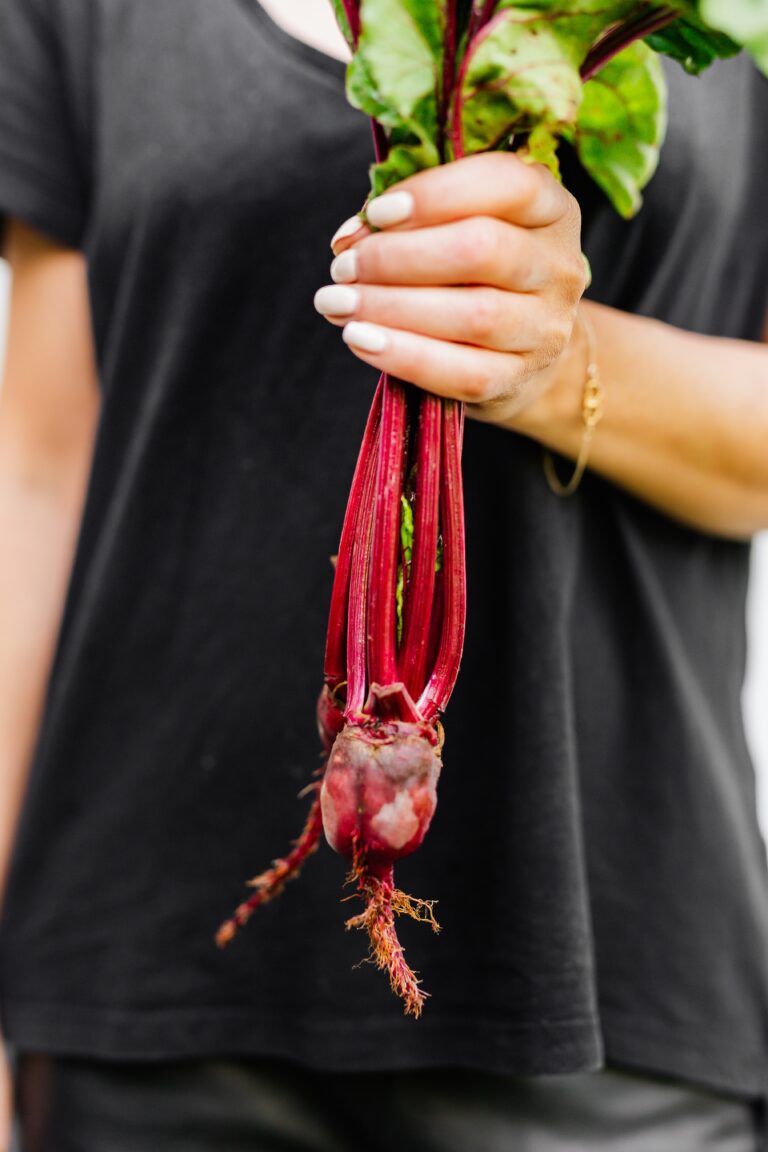



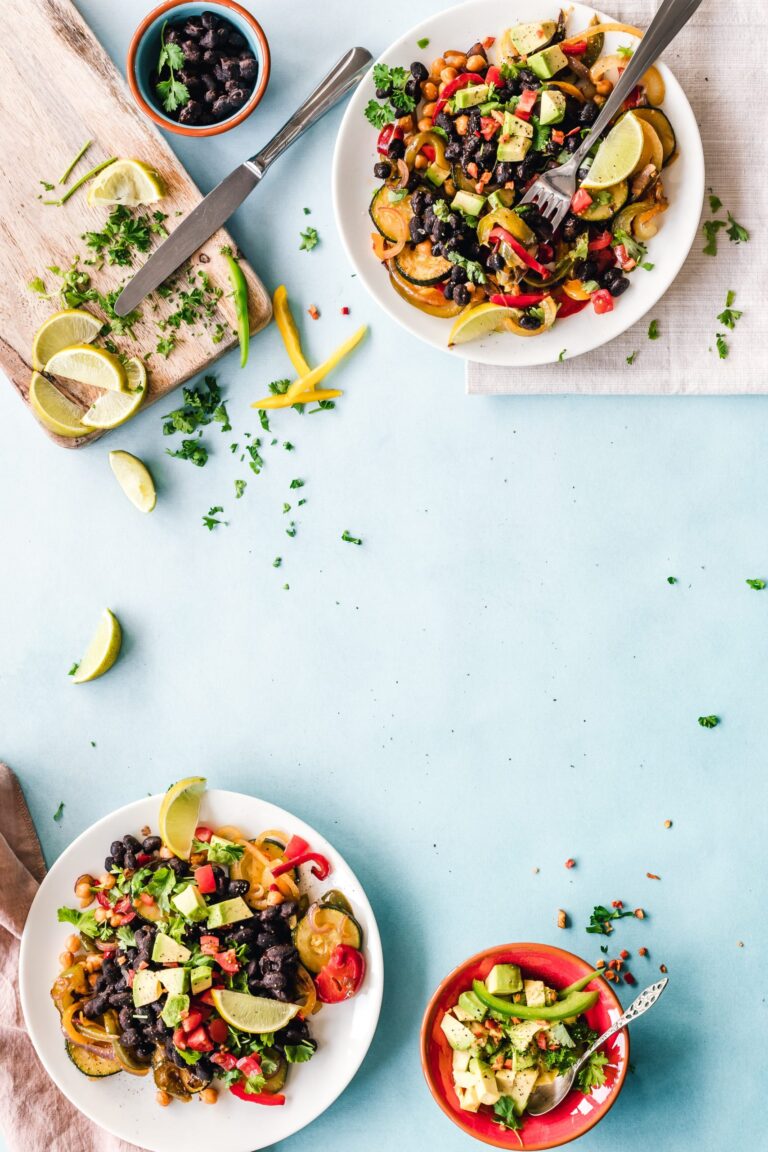
9 Comments